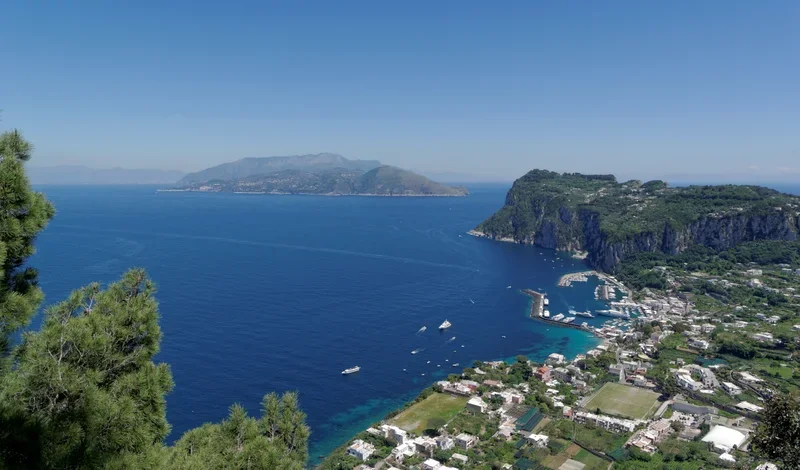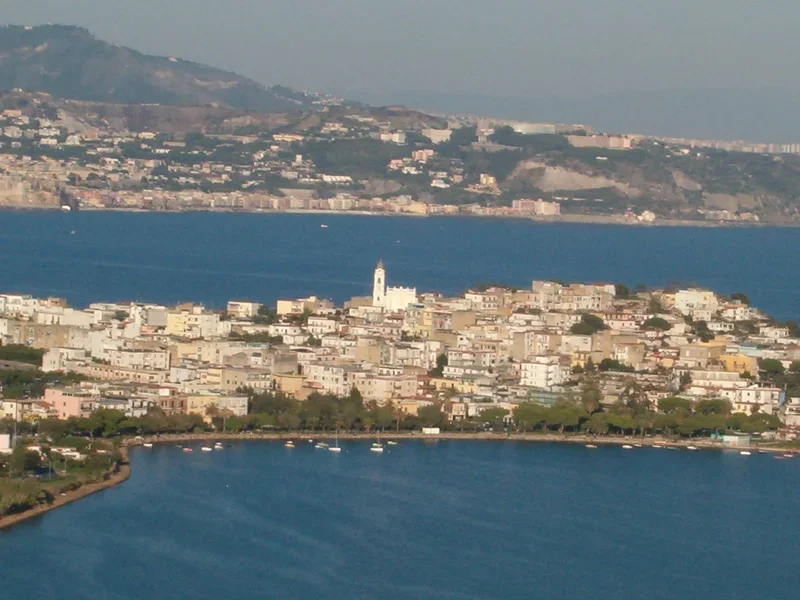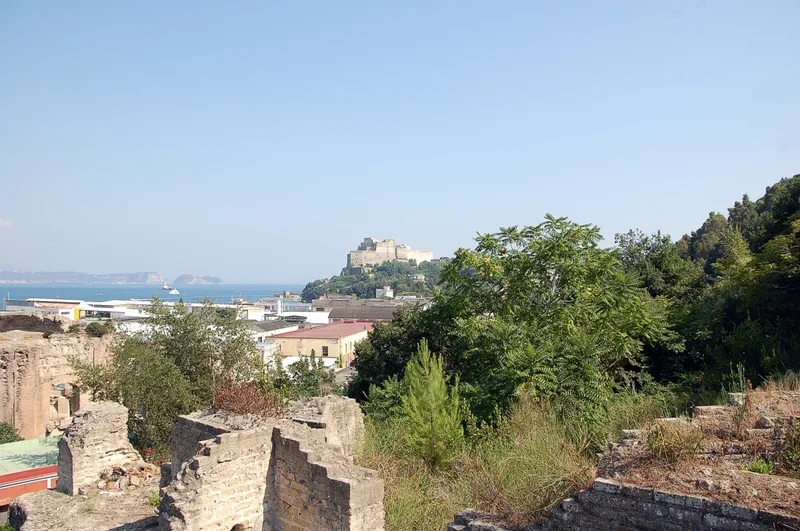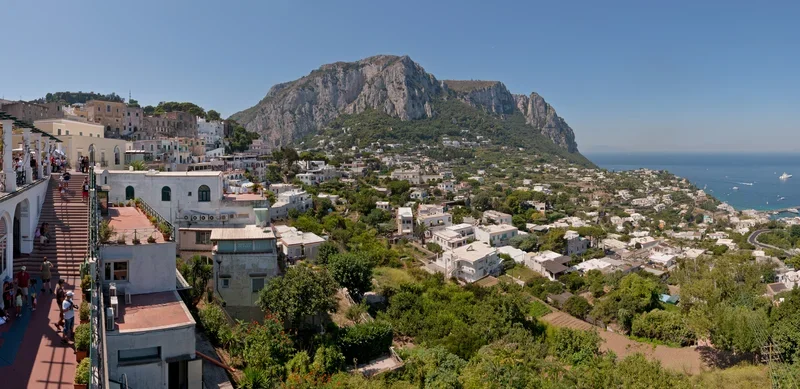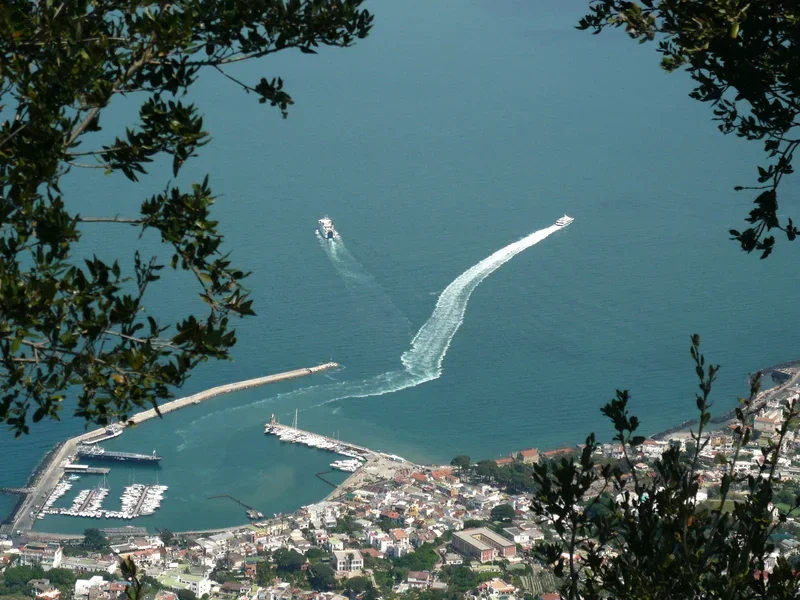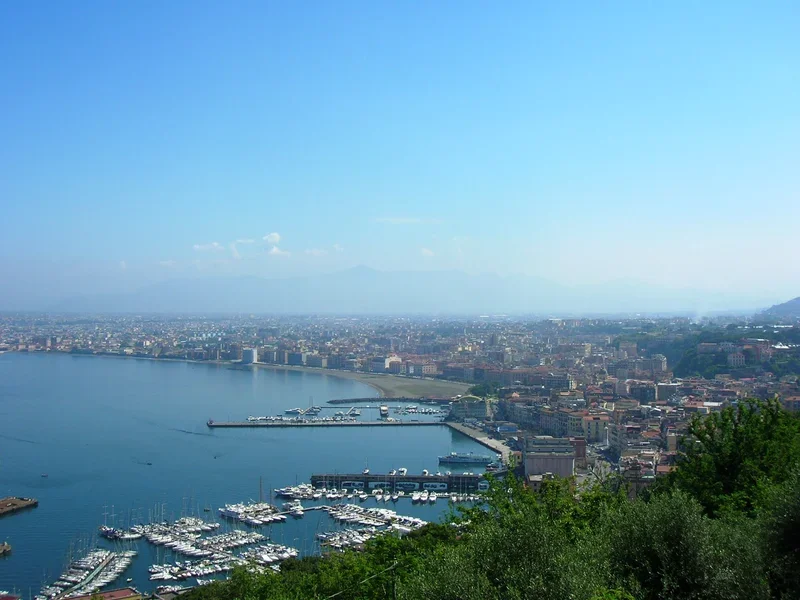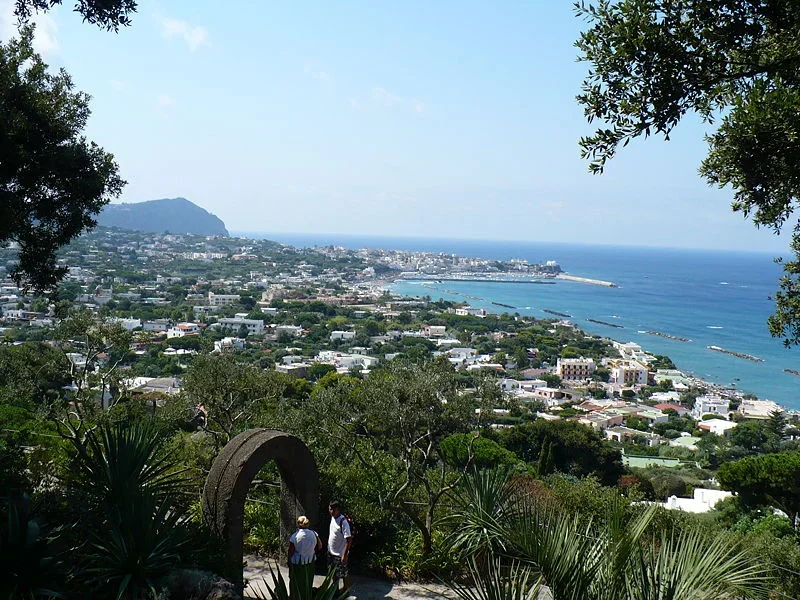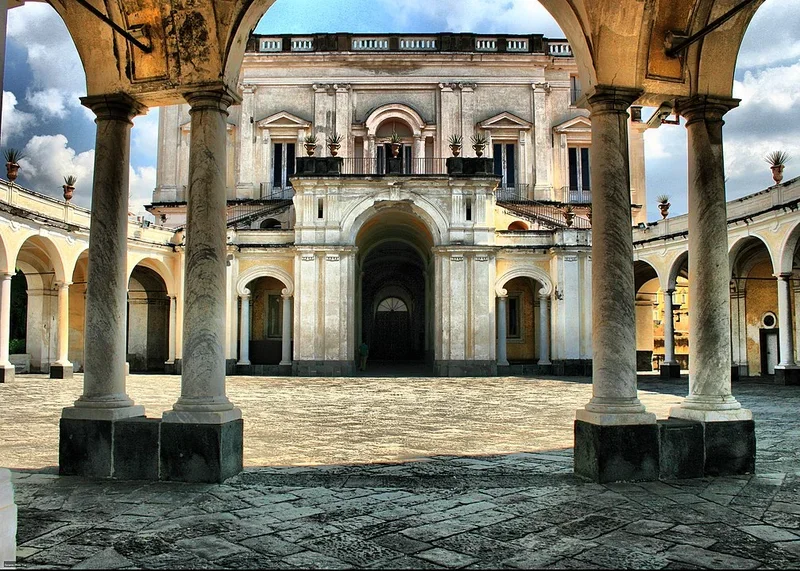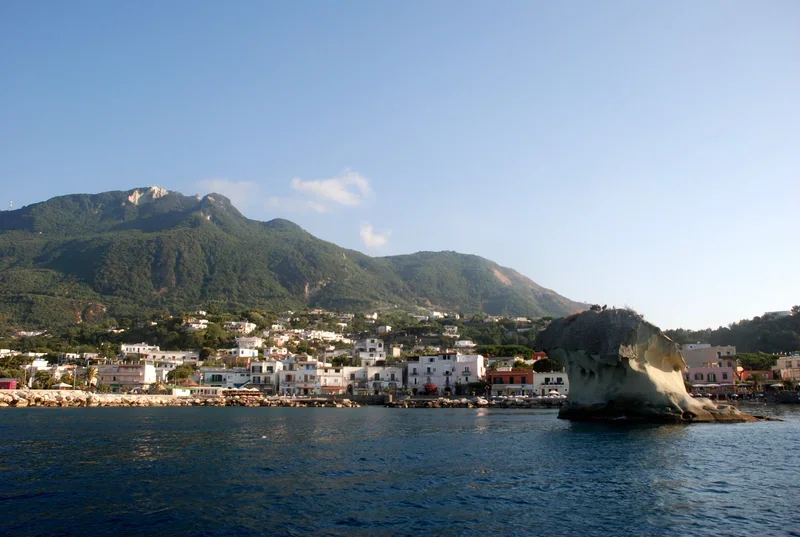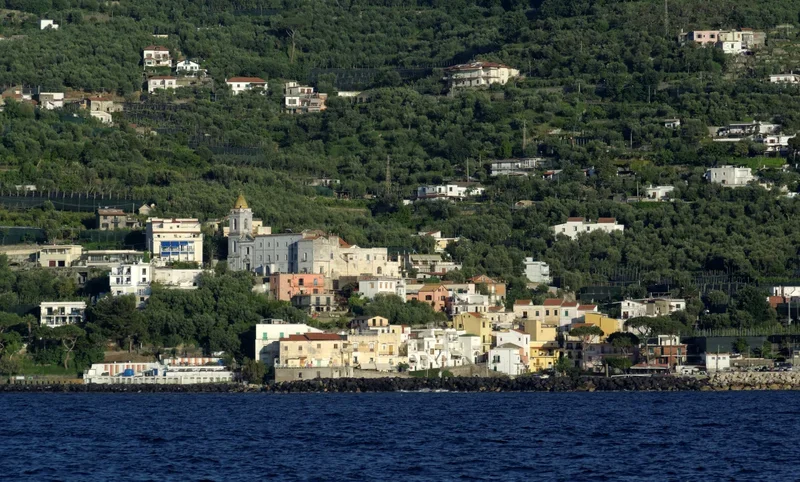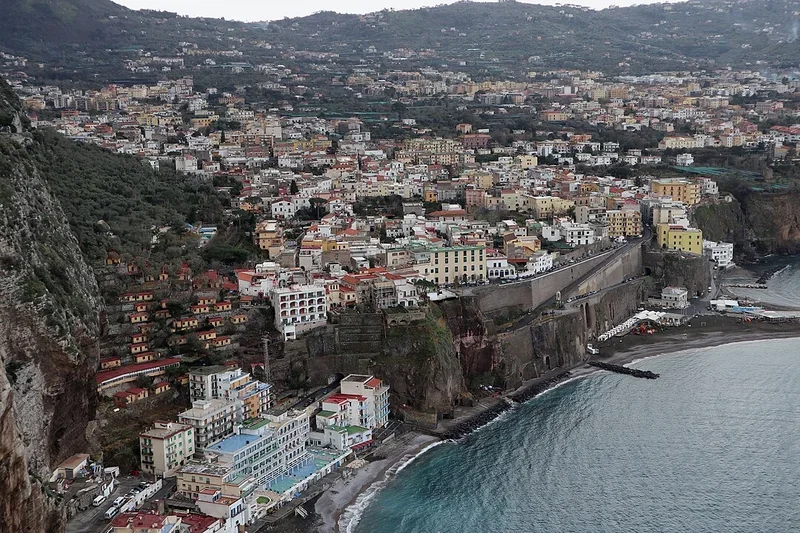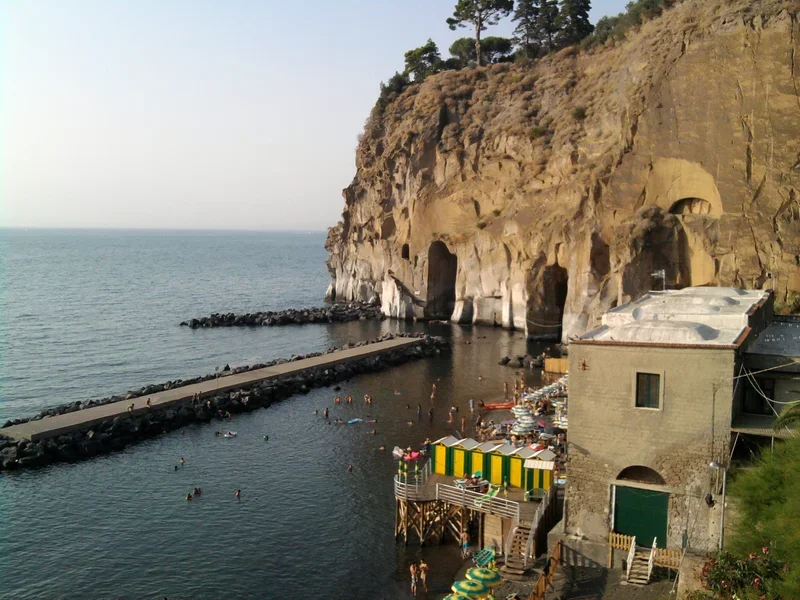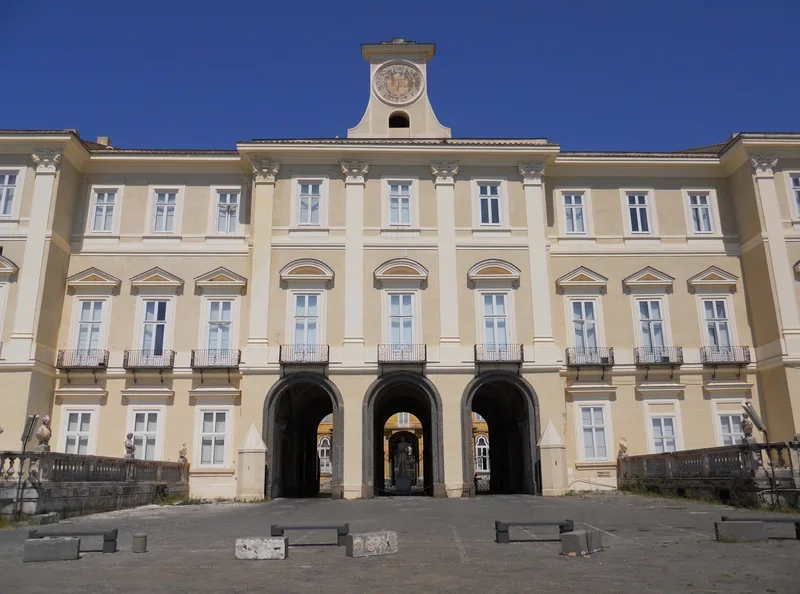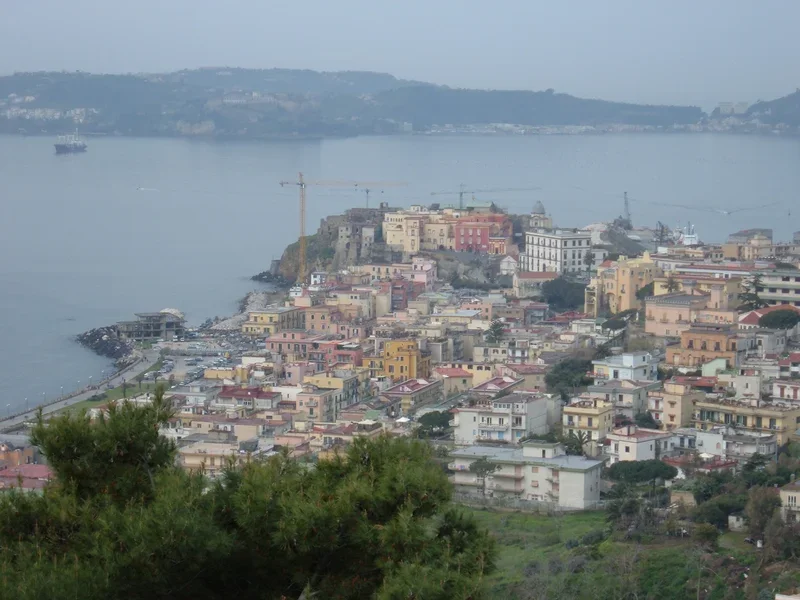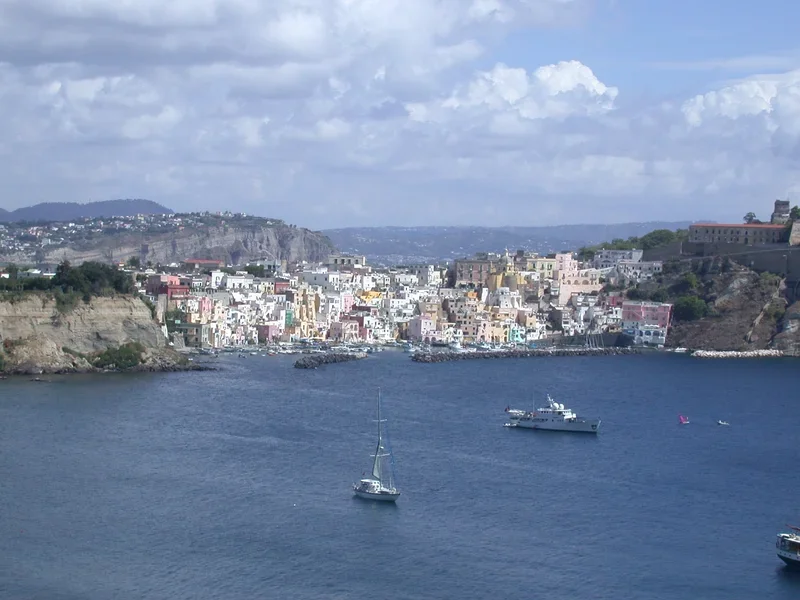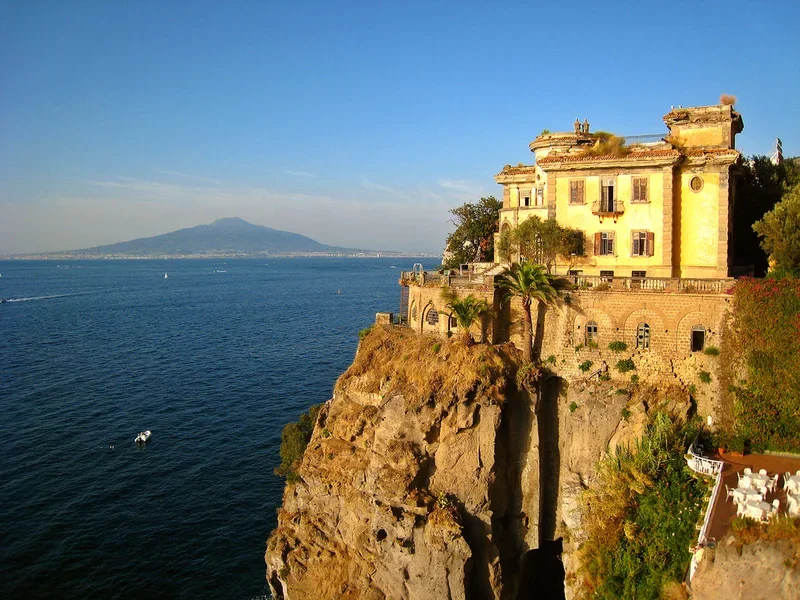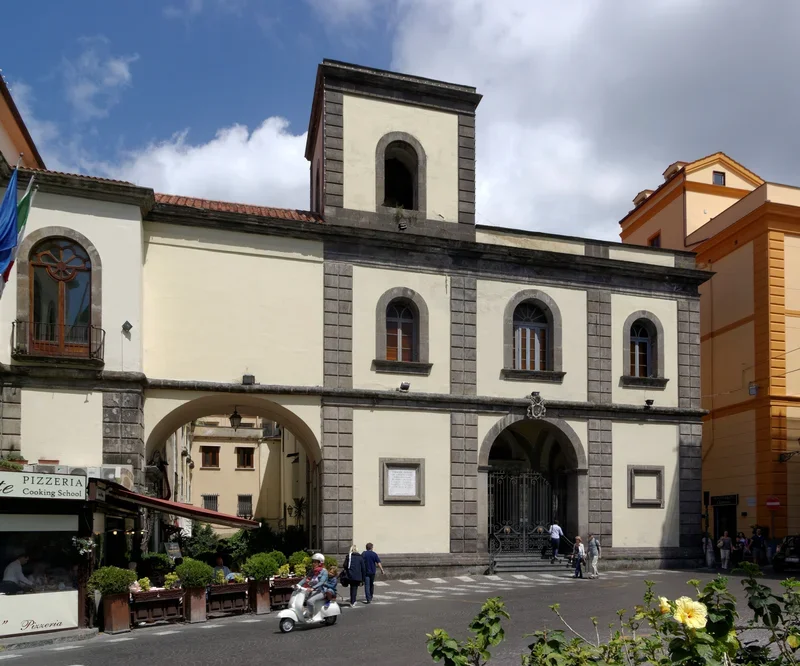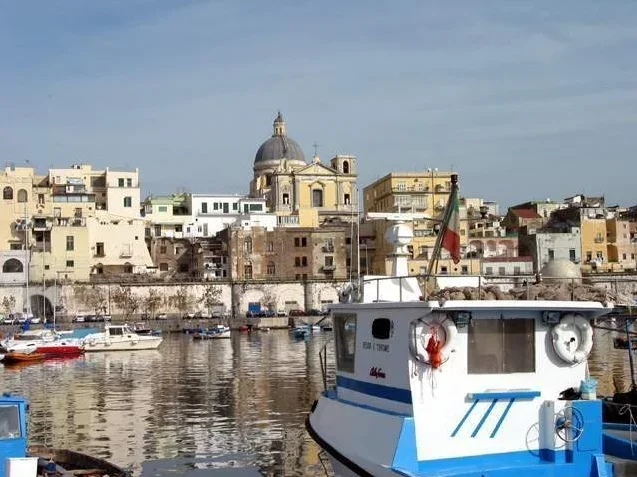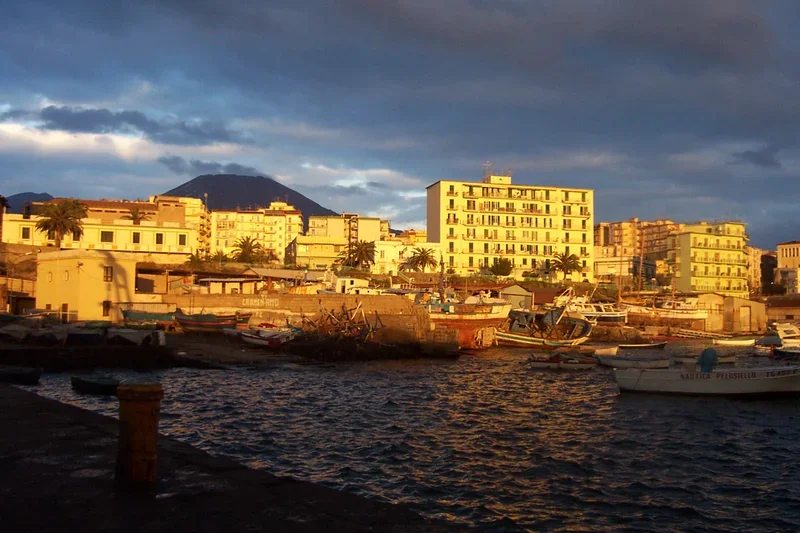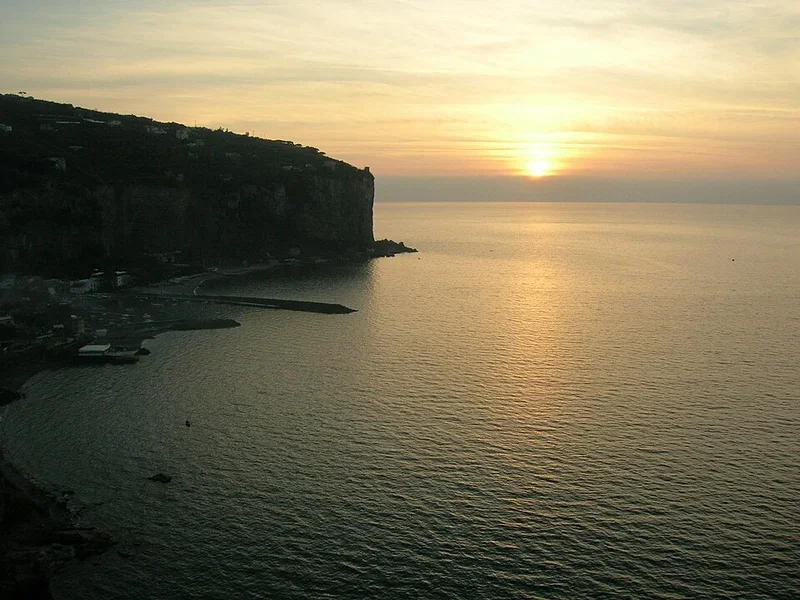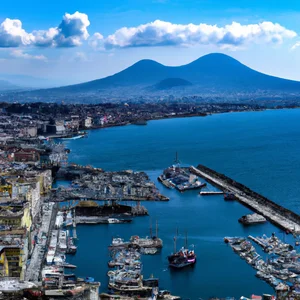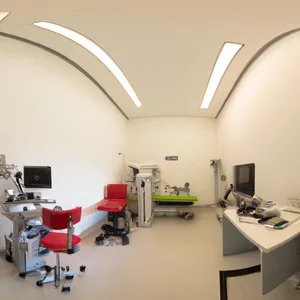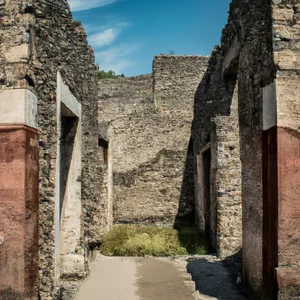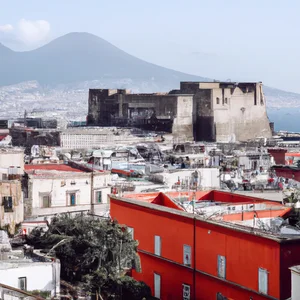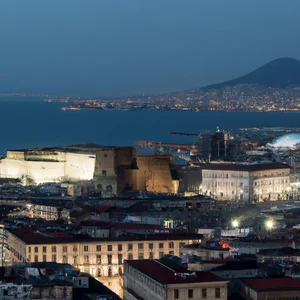Book your experience
A tour of the most beautiful villas in Naples: rediscovering the ancien regime
Naples, one of the most fascinating and historically rich cities in Europe, is also the guardian of an architectural and cultural heritage that has its roots in the aristocratic past of its territory. The historic villas that dot the Neapolitan landscape are not only extraordinary examples of beauty and elegance, but also tell stories of power, art and daily life of the ancien régime. In this tour, we aim to guide you to discover the ten most beautiful villas in Naples, each of which offers a unique insight into the noble life and art that has characterized centuries of history.
From the splendid Villa Floridiana, with its park and the Ceramics Museum, to the evocative Villa Pignatelli, a perfect example of neoclassicism overlooking the seafront, each stop on this itinerary represents an invitation to explore not only the architecture, but also the gardens , the works of art and the atmospheres that envelop these places. Villa Comunale, Villa Rosebery and Villa Lucia are just some of the other wonders that we will take you to discover, each with its own story to tell.
The villas of Naples are not just historic residences, but true open-air museums, where every corner reveals secrets and suggestions of a bygone time. Through this journey, we hope to help you rediscover the beauty and importance of these places, inviting you to immerse yourself in an era of great charm and live an unforgettable experience in the heart of Naples. Prepare to be enchanted by the wonders of a past that continues to live in the present!
Villa Floridiana
Description
The Villa Floridiana is a splendid historic residence located on the hills of Posillipo, in Naples. Built in the 19th century, the villa offers breathtaking views of the Bay of Naples and Mount Vesuvius. Its neoclassical architecture and well-kept gardens make it an ideal place for a pleasant walk or a relaxing day.
History
The Villa Floridiana was commissioned by King Ferdinand I of the Two Sicilies and completed in 1819. Over the years, the villa was inhabited by various noble families, until it became the property of the Municipality of Naples in 1931. Today, the villa houses the Duca di Martina Museum, which preserves a collection of art objects and furnishings from various historical periods.
Visit
The Villa Floridiana is open to the public and offers the opportunity to visit its gardens and the Duca di Martina Museum. During the visit, it is possible to admire the frescoed rooms, the works of art and the period furnishings that decorate the villa. Furthermore, the villa's gardens offer an enchanting green space where you can relax and enjoy the panoramic view of the city.
To reach the Villa Floridiana, you can take the funicular from Piazza Amedeo or use public transport. The villa is easily accessible and represents an unmissable stop for those visiting Naples, both for its architectural beauty and its privileged position.
Villa Pignatelli
History and Description
Villa Pignatelli is one of the most beautiful historic residences in Naples, located in the Chiaia district. Built in the 19th century, the villa is surrounded by a large park with centuries-old trees and Italian gardens. The residence belonged to the Pignatelli family, one of the most important of the Neapolitan nobility.
The villa is an example of neoclassical architecture, with elegant columns and refined decorations. Inside there are luxuriously furnished rooms, with period furniture and precious works of art. The collection of paintings housed in the villa includes works by renowned artists such as Caravaggio, Titian and Raphael.
Today Villa Pignatelli houses the Carriage Museum, which displays a rich collection of vintage carriages used by the Neapolitan nobility. Visitors can admire the intricate details and fine materials used to create these works of art on wheels.
The villa's park is an oasis of tranquility in the heart of the city, ideal for a relaxing walk among centuries-old trees and fountains. During the summer, the villa hosts cultural events and outdoor concerts, which attract tourists and residents looking for quality entertainment.
Villa Pignatelli is a place not to be missed during a visit to Naples, a hidden jewel that tells the story and elegance of the Neapolitan nobility.
Villa Comunale
Description
The Villa Comunale of Naples is one of the oldest and most beautiful gardens in the city. Located along the seafront, it offers an oasis of tranquility and greenery in the heart of the chaotic Neapolitan metropolis. The villa covers an area of approximately 12 hectares and boasts a large variety of centuries-old trees, flower beds, fountains and statues that make it an ideal place to relax and walk.
History
The Villa Comunale was built in the 19th century to a design by the architect Luigi Vanvitelli, on the initiative of King Ferdinand IV of Bourbon. Originally conceived as a royal garden, it was opened to the public in 1869 and has since become a favorite place for Neapolitans and tourists.
Attractions
Inside the Villa Comunale it is possible to admire numerous attractions, including the Chinese Theatre, an evocative neoclassical structure that hosts theatrical and musical performances, and the Palazzina della Meridiana, an elegant building that hosts exhibitions and cultural events. Furthermore, the villa offers large green spaces where you can picnic, play with the children or simply enjoy the view of the Gulf of Naples.
Opening hours: The Villa Comunale is open every day from 8:00 to 20:00.
How to get there: The villa is easily reachable by public transport, in particular by metro line 2 (Piazza Amedeo stop) and by the numerous buses that pass along the seafront.
In short, the Villa Comunale is an unmissable place during a visit to Naples, an oasis of peace and beauty that offers a unique experience of history, nature and culture.
Villa Rosebery
Description
Villa Rosebery is one of the official residences of the President of the Italian Republic and is located in Naples, in the Posillipo district. The villa takes its name from Lady Emma Hamilton, wife of the British ambassador Sir William Hamilton, who bought it in 1801 and named it after her English residence, Roseberry Hall. Subsequently, the villa passed into the hands of various nobles and entrepreneurs, until it became one of the official residences of the President of the Republic in 1957.
History
The history of Villa Rosebery is linked to numerous illustrious figures, including King Ferdinand II of Bourbon, who used it as a summer residence. Subsequently the villa changed hands until it became the property of the Duke of Rosebery, who sold it to Sir William Hamilton. After the death of Lady Emma Hamilton, the villa was inherited by various descendants until it became the residence of the President of the Italian Republic in 1957.
Architecture
Villa Rosebery is an example of neoclassical architecture, with a park of approximately 2 hectares overlooking the Gulf of Naples. The villa is surrounded by Italian gardens and numerous sculptures and fountains. Inside, the rooms are furnished with period furniture and valuable works of art, which testify to the history and prestige of the residence.
Villa Rosebery is open to the public only on certain occasions and by reservation, but it is still possible to admire its facade and external park during a walk in Posillipo.
Villa Lucia
Description
Villa Lucia is a splendid historic residence located in the heart of Naples, in the Posillipo district. Built in the 19th century, the villa is surrounded by a large centuries-old park with a panoramic view of the Gulf of Naples. This residence represents a true jewel of Neapolitan neoclassical architecture and has hosted illustrious figures of the nobility and art over the years.
History
The history of Villa Lucia is full of charm and mystery. The residence was commissioned by a noble Neapolitan family and soon became a meeting place for intellectuals, artists and politicians of the time. During the Second World War, the villa was used as a refuge for citizens fleeing bombs and suffered several structural damages. After the war, the property changed hands until it was restored and reopened to the public as a museum and venue for cultural events.
Visit
Villa Lucia is open to the public and offers the opportunity to visit the splendid interiors decorated with frescoes and period furnishings, as well as walk in the charming Italian gardens. Exhibitions, concerts and cultural events are organized throughout the year, making the villa a lively and dynamic place. Furthermore, the breathtaking view of the Gulf of Naples makes the visit even more evocative and unforgettable.
How to get there
Villa Lucia is easily accessible by public transport, as it is located in a strategic position in the Posillipo district. You can arrive by bus or taxi, or opt for a pleasant walk along the panoramic Via Posillipo. Furthermore, for those who prefer to travel by bicycle, it is possible to rent a bike and reach the villa by pedaling along the picturesque coastal road.
Villa d'Elboeuf
Description
The Villa d'Elboeuf is a splendid residence located in the Posillipo district of Naples. Built in the 18th century, the villa was commissioned by the Duke of Elboeuf, a French nobleman who moved to Naples during that period. The villa features a mix of architectural styles ranging from neoclassical to baroque, creating a unique and fascinating atmosphere.
Features
Villa d'Elboeuf is surrounded by a large park with well-kept gardens and a breathtaking view of the Gulf of Naples. The interior of the villa is decorated with works of art and fine furnishings, testimony to the luxury and wealth of the owners who resided there. The structure also includes a private chapel, a greenhouse and a ballroom, which highlight the prestige of the residence.
Currently the Villa d'Elboeuf is used for exclusive events, weddings and art exhibitions, offering visitors the opportunity to immerse themselves in the history and art of Naples. The gardens of the villa are open to the public and represent an oasis of peace and tranquility in the heart of the city.
The privileged position of Villa d'Elboeuf, with its panoramic view and its refined atmosphere, make it an unmissable destination for those visiting Naples and wishing to discover its hidden beauties.
Villa Campolieto
General information
Villa Campolieto is a splendid historic residence located in the municipality of Ercolano, near Naples. Built in the 18th century, this villa represents an excellent example of neoclassical and baroque architecture. Its privileged position offers a breathtaking view of the Gulf of Naples and Vesuvius, making it a very popular tourist destination.
History
Villa Campolieto was commissioned by the Marquis Felice Pignatelli in 1738 and was designed by the architect Luigi Vanvitelli, famous for having also designed the Royal Palace of Caserta. The villa then passed to various noble families over the centuries, undergoing various transformations and expansions. Today it is owned by the Campania Region and is open to the public for guided tours.
Architectural features
The villa is spread over three floors and has an imposing façade, enriched by Doric columns and Corinthian capitals. The interiors are decorated with frescoes, stuccoes and fine furnishings, which testify to the luxury and refinement of the noble residences of the time. The surrounding park is a true Italian garden, with fountains, statues and flower beds.
Events and activities
Villa Campolieto regularly hosts cultural events, art exhibitions and concerts, which allow visitors to immerse themselves in the magical atmosphere of this historic residence. Furthermore, it is possible to rent the villa for weddings, receptions and private events, enjoying a unique and evocative setting.
In conclusion, Villa Campolieto is a true architectural and historical jewel of the Campania region, which certainly deserves a visit to discover the beauty and history of this enchanting place.
Villa Palagonia
History
Villa Palagonia is one of the best-known historic residences in Naples. Built in the 18th century, this baroque villa is located in the Posillipo area, one of the most exclusive areas of the city. The villa owes its name to the Palagonia family, who owned it during the period of its construction.
Architecture
Villa Palagonia features a magnificent Italian garden, with fountains, statues and spectacular views of the Gulf of Naples. The main structure of the villa is impressive, with decorated facades and luxurious interiors. The frescoes and works of art inside the villa testify to the prestige and wealth of its owners.
Guided tours
Currently, Villa Palagonia is open to the public and offers guided tours to make its history and beauty known. Visitors can explore the gardens, admire the architecture and discover curiosities related to the Palagonia family. Guided tours are a unique opportunity to immerse yourself in the atmosphere of a bygone era and enjoy one of the cultural treasures of Naples.
Villa Favorita
Description
The Villa Favorita is a splendid historic residence located in Naples, in the Posillipo district. Built in the 18th century, the villa is surrounded by a large park with Italian gardens and breathtaking views of the Gulf of Naples. This luxury residence has been the residence of nobles and aristocrats over the centuries and is today one of the most evocative places in the city.
History
La Villa Favorita has a rich and fascinating history. Built in 1770 at the behest of the Prince of Tocco, the residence has undergone several transformations over the centuries, passing from hand to hand between various noble families. In the 19th century it was purchased by the Royal family and hosted illustrious guests, including King Ferdinand II of Bourbon.
Architecture
The villa has an architectural style typical of the era in which it was built, with baroque and neoclassical decorations. The interiors are sumptuous and richly decorated, with frescoes, stuccoes and period furnishings that testify to the luxury and beauty of this residence. The surrounding park is cared for down to the smallest detail, with centuries-old trees, fountains and statues that create an enchanting atmosphere.
Guided tours
La Villa Favorita is open to the public and offers the possibility of guided tours to discover the history and art of this splendid residence. During the visit it is possible to admire the main rooms, the gardens and the panoramic terraces which offer a spectacular view of the Bay of Naples. An unforgettable experience for those who love history and the beauty of historic places.

